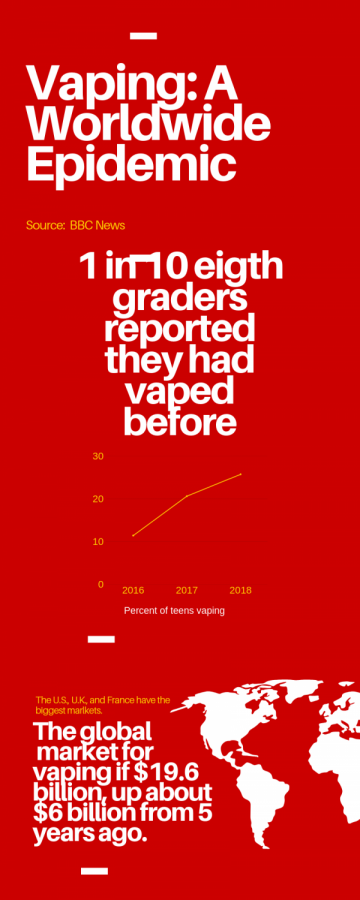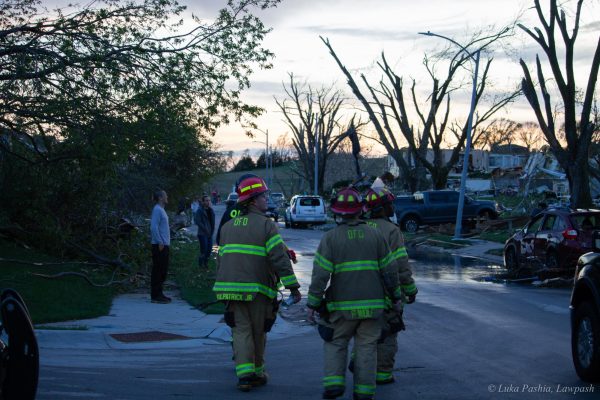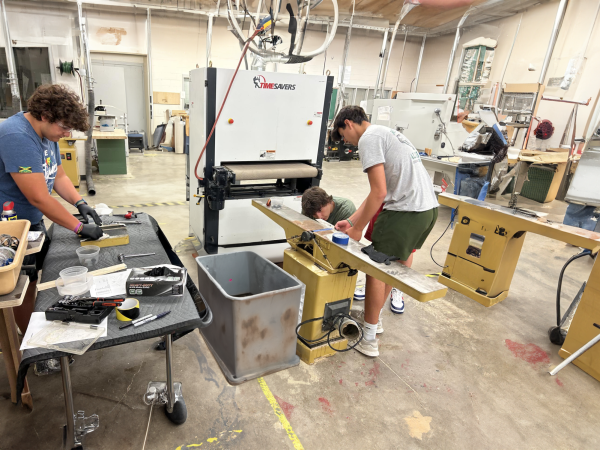One last hit
Electronic cigarette and vape users are at risk from filler cartridges
Electronic cigarette use in teenagers has grown dramatically in the past four years, however, 2019 statistics are hard to predict considering the drastic changes in administrative decision regarding the switch of situation.
September 27, 2019
The United States has seen a sudden influx in damaging conditions regarding the heavy use of e-cigarettes and THC cartridges. After nearly 500 probable cases of hospitalizations and diagnoses, the risks of inhaling these chemicals are more apparent than ever. With eight deaths and counting, users around the nation are becoming more cautious and beginning to throw away their devices to avoid the possibility of harming their bodies.
According to a Washington Post article, “What we know about the mysterious vaping-related illnesses and deaths”, there have been around 380 known cases of vaping illnesses detected and the numbers grow by the day. With little time since these incidents, minimal research has been finished to assess the complete situation and give a strong probable cause of sickness. Professionals have been forced to make educated hypotheses to determine the most likely reason for these unexpected conditions.
“We have always known that when people started vaping several years ago that there wasn’t enough information or long term research that had been done on it to know the long term or short term effects,” Healthy Living teacher and educated individual Brenda Schmidt said. “ Back then we advised students to really consider their choices and decisions they made related to it and understand the potential harm they could be doing to their bodies as well as the addiction they were creating.”
There are many factors that scientists believe can lead to the appearance of symptoms shown in those with the condition relating to these electronic vaporizers. Vitamin E acetate fillers are apparent in a majority of e-cigs. Although commonly used in skin care and meant to prevent premature aging, the use of them as thickeners and fillers in juices that are inhaled damages lung cells and causes deadly injuries within the body.
“The Dangers of Vaping”, a Rolling Stones article reports other harmful additives are seen in the products such as propylene glycol and vegetable glycerin which contain numerous harmful chemicals that cause cardiovascular and lung disease. Popcorn lung, a condition that damages the airways in the lungs making it hard to breathe, is also commonly associated with the rise in illness related to flavored electronic cigarette juice based on a study done by the American Lung Association. By scarring the lungs, symptoms of popcorn lung can be related to that of having asthma.
Schools are progressively becoming more aware of the student body’s health and actively searching for new ways to aid those in need. Millard administrators are working to bring more attention to the subject by distributing handouts containing information on the dangers of the regularly used cartridges supplied by CHI health.
“We’re preparing for the day when students come down and say ‘I can’t breathe,’’’ principal Greg Tiemann said. “We hope that doesn’t happen and students are smart enough that when states are now banning the products to be sold until more research can be made, they would think that this is not a safe product.”
A fraction of admitted patients may end up using a respirator to help continue breathing if symptoms worsen. Following this emergence of problems, the Trump Administration plans on banning the majority of flavored e-cigs with help from the Food and Drug Administration according to the Time Magazine article “How Juul hooked kids and ignited a public health crisis”. The plan will be written and revised within the coming weeks to be approved and put into action to provide for the health of the general public. Banning these products will not only cut down on ailments, but threats to the companies producing these products that are being sold to underage customers.
“I saw in an article that a young athlete is suing e-cig companies,” assistant principal Stacy Longacre said. “He has been vaping for a year and was admitted for an unknown condition, and they determined that this 17 year old athlete had the lungs of an 80 year old.”
Initially an alternative to smoking cigarettes, a market for teens has increased sales drastically for popular companies. One of the most popular brands, JUUL, had a 600% increase in sales in 2017 with juice flavors ranging from menthol to mint.
“My biggest concern about vaping is the number of students that this is attracted to with flavor vapor,” Tiemann said. “To students and parents, this has been marketed like candy. It was a safe alternative to cigarettes, and we’re not seeing that as the case now.”
Students are similarly becoming more concerned with the amount of threats these products pose against them. Whether teenagers use these cartridges or not, constant unsettle is strewn upon the student body for themselves and friends.
“They (students using) don’t realize what they’re doing to their bodies, and they still think it’s cool to vape,” junior Lindsey Jones said. “I think there will be more awareness around school and those with a conscience will know to stop what they’re doing. Hopefully vaping companies will target people who are actually of age.”
As progress is made in the health of young adults around the country, this newfound epidemic will continue to be attacked from state and federal levels to fight an increase in losses.

















